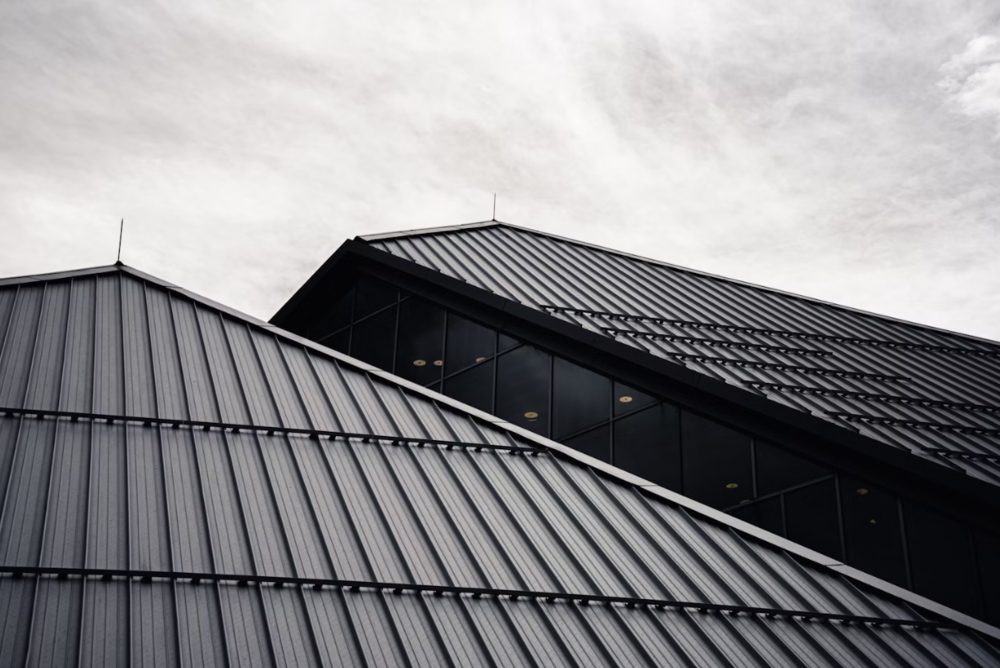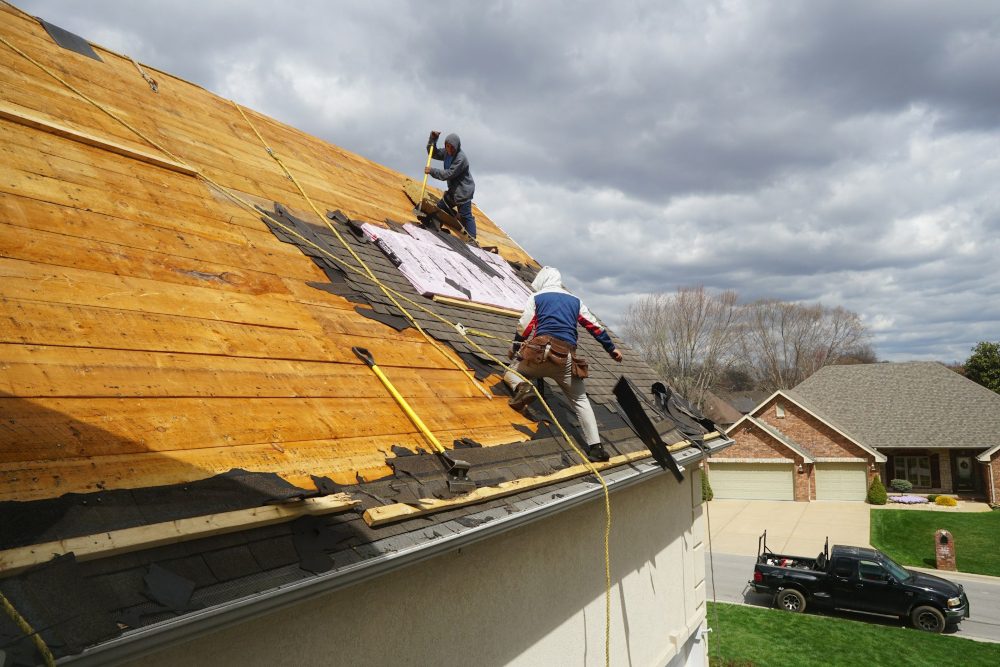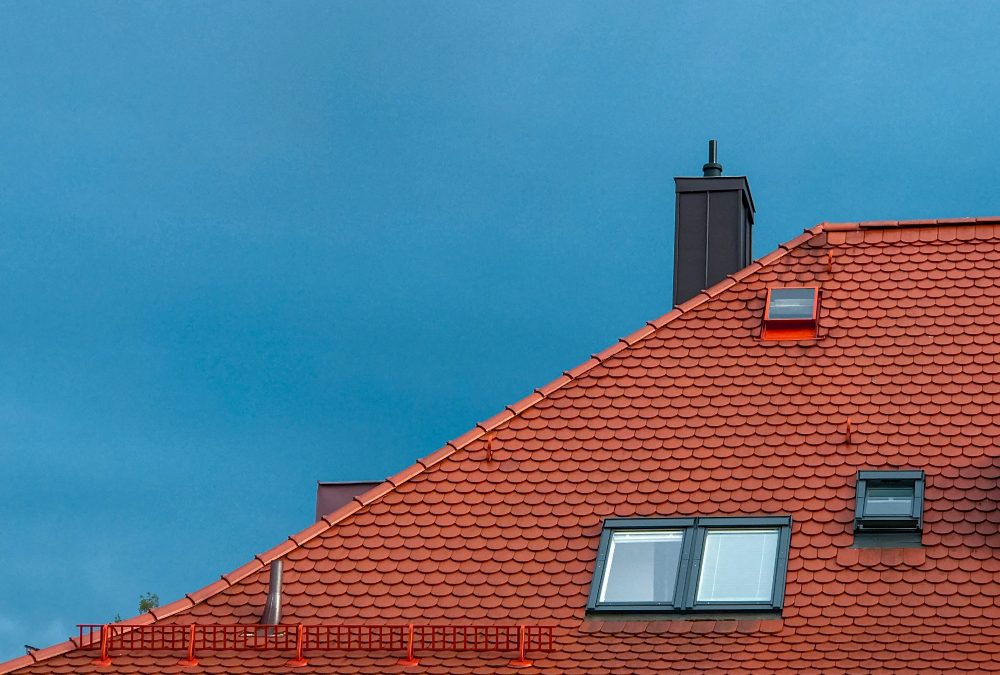Get the week's most popular posts delivered to your inbox.
Our weekly update is free yet priceless and you're less than a minute away from getting the current edition.
In the unlikely event we disappoint, you can unsubscribe with a single click!
Last Updated on October 22, 2025 by teamobn
Every homeowner strives to establish a secure and cozy habitat, and the design of the roof plays a pivotal role in accomplishing this. With proper planning and strategic execution, your roofing can be designed to offer many years of shielding against changeable weather patterns.
Contents
7 Key Elements of Efficient Roof Design for a Well-Planned Structure
In this guide, we will explore some vital aspects of efficient roof design to exploit the benefits of a well-operating system.
Ventilation
Maintaining good ventilation is key to minimizing humidity and condensation accumulation in your home’s attic. It creates an optimal setting for mould proliferation, potentially reaching 150 degrees during warmer months.
In addition, the heat radiating from an unventilated attic can damage your shingles and siding. During the winter, the heated attic air can prompt the cycle of snow melting and refreezing, leading to ice build-up.
Ensure continuous airflow moving from one end of the attic to the other. Depending on your home’s roof structure, there are contractors that install various types of vents.
Ridgeline ventilation is among the most frequently used types, where a single vent along the roof’s highest ridge is fixed.
Roof Slope

The profile and gutter design choice greatly depends on the roof’s slope and length. A steeper roof slope enhances the rate at which water discharges, thus influencing the dimensions of the gutter and downspout design. Roofs that are shallow in slope and long, with multiple end laps, are more susceptible to water leakages, as the wind often carries water that attempts to infiltrate the end laps.
Heavy rainfall can lead to a significant water buildup near the eave gutter if the roof is long with a small crest depth. This water will then seek an escape route through the side laps. If the building is situated in an area with substantial temperature fluctuations throughout the day and night, the metal roof will experience thermal expansion and contraction.
This can cause the screw holes to expand, leading to potential leaks. The most suitable option for shallow and long sloped roofs would be a concealed site roll formed single-length panel.
Cost
When choosing designs and materials for your roof, considering your costs or expenditures is essential and almost expected. As you formulate your budget, consider the elements stated earlier, ranging from durability to weather compatibility, energy efficiency and upkeep, and possible expenses that may arise at different points during the project.
This will require comparing rates from a reliable roof installer to guarantee you select the most suitable option for your particular needs. However, be aware that scarce resources can directly or indirectly impact your project’s scope, adaptability, final result, and duration.
Flexibility
The adaptability factor in home design often doesn’t receive the recognition it deserves. It’s important because our lifestyles and needs are not static – they change over time. A house designed with adaptability allows homeowners to adjust their living spaces per their evolving requirements, sidestepping the need for major remodelling or moving houses.
For example, a house with an open layout featuring moveable partitions can be reconfigured easily to match changing family structures or the life stages of its residents. When incorporated into a design, the principles of “aging in place” can provide additional adaptability.
These principles assist older adults in continuing to reside in their homes independently, safely, and comfortably as they age. This might involve forward-thinking for future home modifications to accommodate their changing needs like:
- Installing safety handles in the bathroom
- Enlarging doorways for mobility aids
- Constructing ramps for easier accessibility
Alternatively, these design features can be included in the initial design phase. Aging in place also means leveraging technology to support more independent living for older adults, such as home automation systems that handle lighting, heating, and other household functions.
Select the Proper Colors and Materials

Begin your roofing process by selecting materials that ensure longevity and safety while enhancing the aesthetic appeal. Choices such as:
- Asphalt shingles
- Wood shakes, slate
- Metal roofings are available in various styles and textures to accommodate architectural designs.
Additionally, your roof’s colour should harmonize with your home’s overall exterior colour palette. Pay attention to the colours of your siding, trim, and other elements.
A well-matched colour scheme can establish a harmonious and visually satisfying appearance. It’s also important to highlight that some roofing materials like wood shakes or architectural shingles present textured surfaces that can contribute depth and visual allure to your roof, subject to the colour harmony you prefer. Such texture can introduce variety to a plain, flat roof.
Low Maintenance
Envision spending your weekends unwinding by the pool, basking in the sunshine, instead of wrestling with roof maintenance. Opting for a rubber roof can make this dream scenario possible, thanks to its low-maintenance characteristics that allow homeowners to recover valuable time previously spent on tedious upkeep.
Rubber roofing is a boon for busy property owners with its resilience against weather conditions and limited cleaning needs. However, caution is advised, as the low-maintenance appeal of rubber roofing may not be suitable for every property. If your roof sees regular foot traffic, perhaps from rooftop decks or HVAC servicing, the likelihood of damage and the associated repair costs could negate the low-maintenance benefits.
When weighing your roofing options, bear in mind that achieving the ideal, trouble-free roof involves selecting the material that best caters to the specific requirements of your commercial or residential property.
The Roofing Implementation
The roof type- whether for a new construction, a replacement, or an extension of an existing building – significantly influences the choice of roofing materials.
You have a wider array of options for new constructions since you’re not restricted by pre-existing elements such as the current roofing materials, roof structure, and slope, which might limit your choices when replacing a roof. Similarly, when constructing an addition to a building or home, your selection of roofing materials might be narrower as the new roof needs to integrate seamlessly and functionally with the existing structure.
Endnote
Pay close attention to the different elements of roof design to ensure maximum efficiency, appeal, and comfort in your home. By understanding and applying the advice and factors mentioned above, you can make informed choices that suit your specific needs when building or renovating a roof.
This way, you will definitely enhance your investment’s overall worth, durability, and performance, providing a well-thought-out roof that meets all modern living demands.
Get the week's most popular posts delivered to your inbox.
Our weekly update is free yet priceless and you're less than a minute away from getting the current edition.
In the unlikely event we disappoint, you can unsubscribe with a single click!






